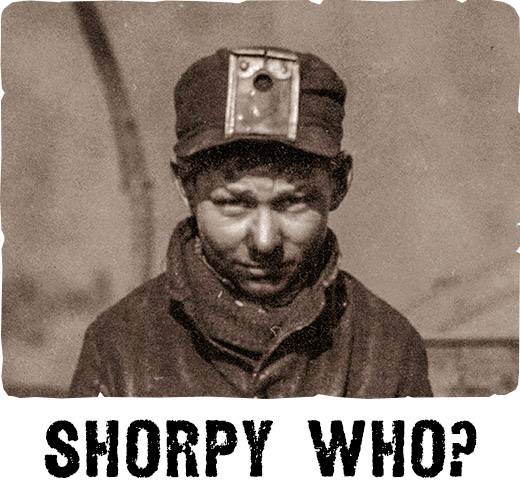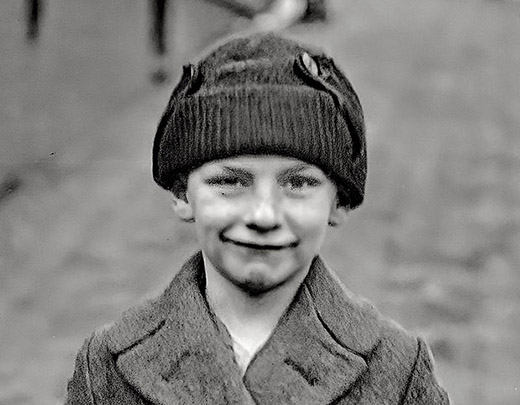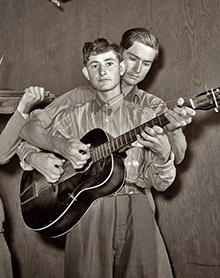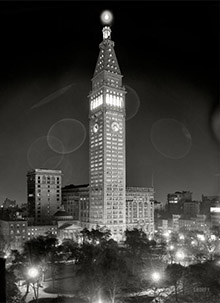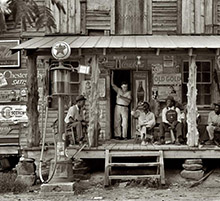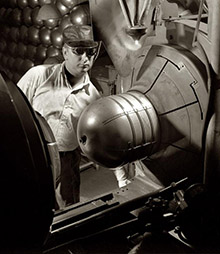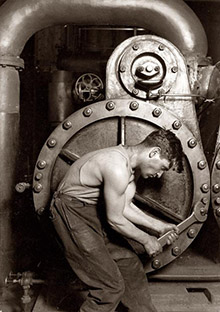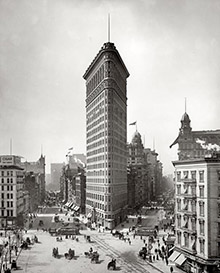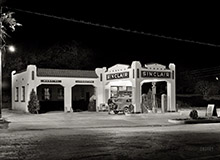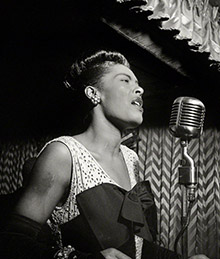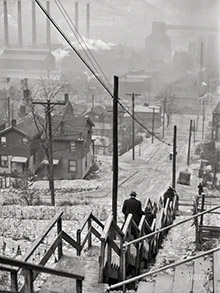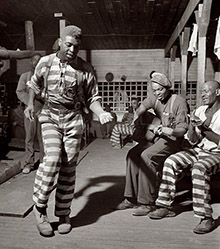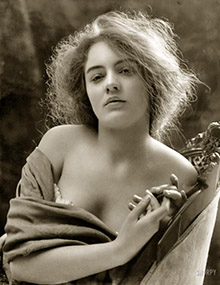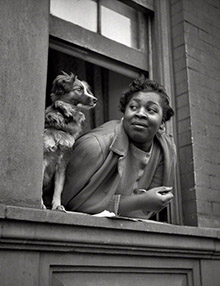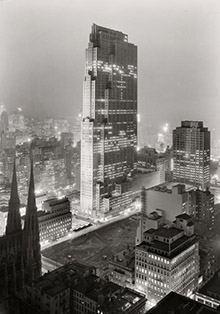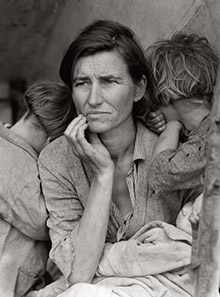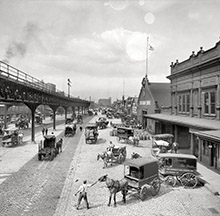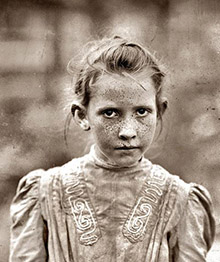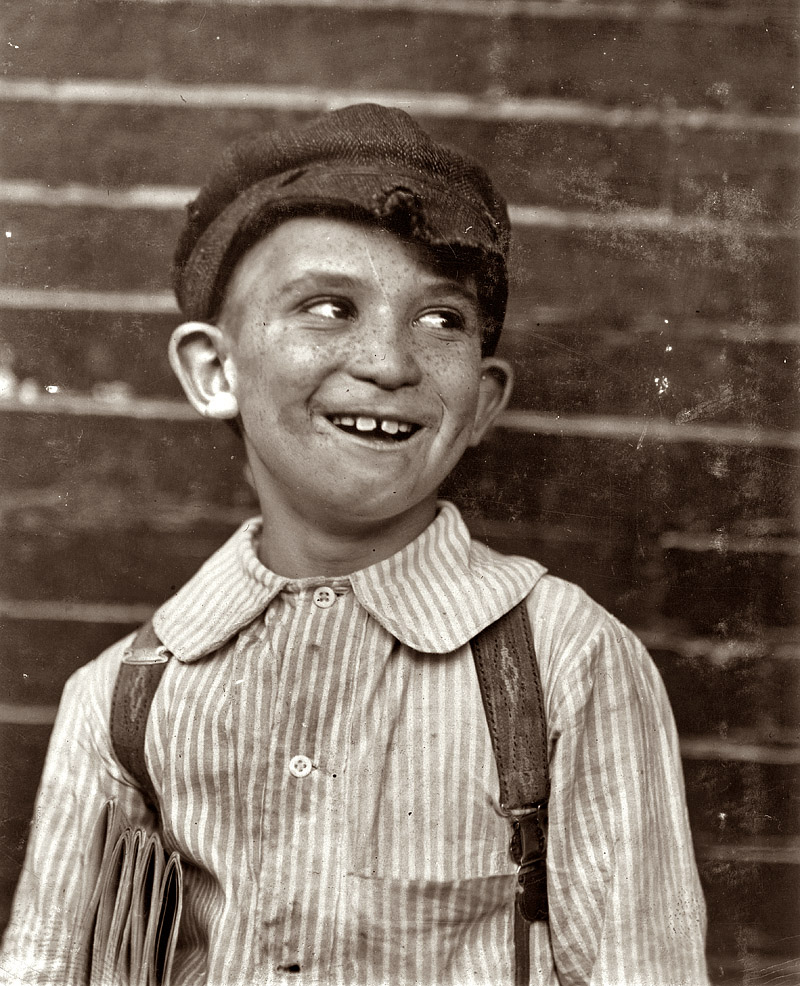


Framed or unframed, desk size to sofa size, printed by us in Arizona and Alabama since 2007. Explore now.
Shorpy is funded by you. Patreon contributors get an ad-free experience.
Learn more.

- What a headache!
- Baldwin 62303
- Baldwin VO-1000
- Cold
- No expense spared
- Tough Guys
- Lost in Toyland
- And without gloves
- If I were a blindfolded time traveler
- Smoke Consumer Also Cooks
- Oh that stove!
- Possibly still there?
- What?!?
- $100 Reward
- Freeze Frame
- Texas Flyer wanted
- Just a Year Too Soon
- WWII -- Replacing men with women at the railroad crossing.
- Yes, Icing
- You kids drive me nuts!
- NOT An Easy Job
- I wonder
- Just add window boxes
- Icing Platform?
- Indiana Harbor Belt abides
- Freezing haze
- Corrections (for those who care)
- C&NW at Nelson
- Fallen Flags
- A dangerous job made worse
Print Emporium
Lewis Hine
Bleach Room Boys: 1910
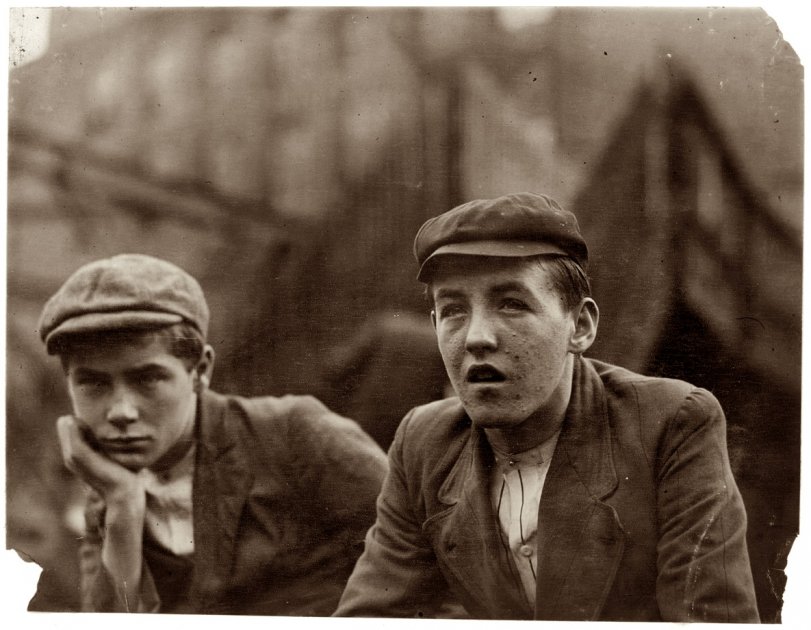
Bleach room boys, Pacific Mills. Lawrence, Massachusetts. December 1910. Photograph by Lewis Wickes Hine. View full size.
- 4 comments
- 22973 reads
Shorpy and His Friends
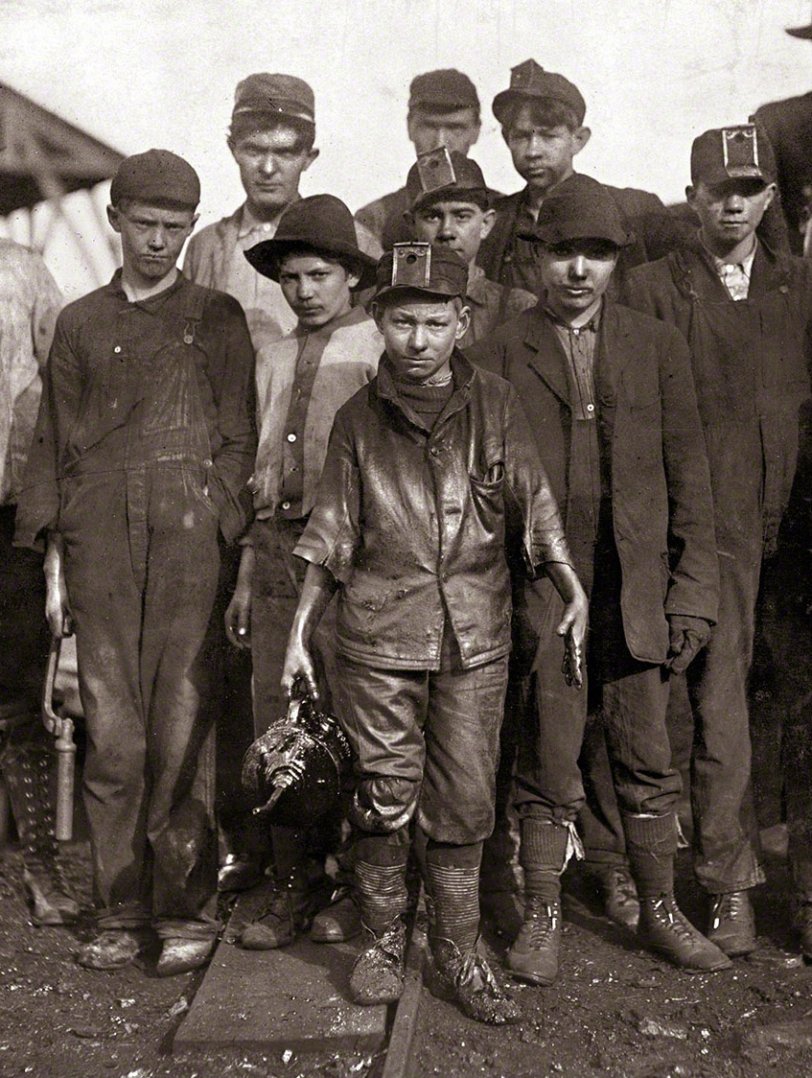
December 1910. "Shorpy Higginbotham, an oiler on the tipple at Bessie Mine" -- near Birmingham in Jefferson County, Alabama. Photograph by Lewis Wickes Hine. Entire uncropped image.
- 21 comments
- 92814 reads
Shorpy at Work: 1910
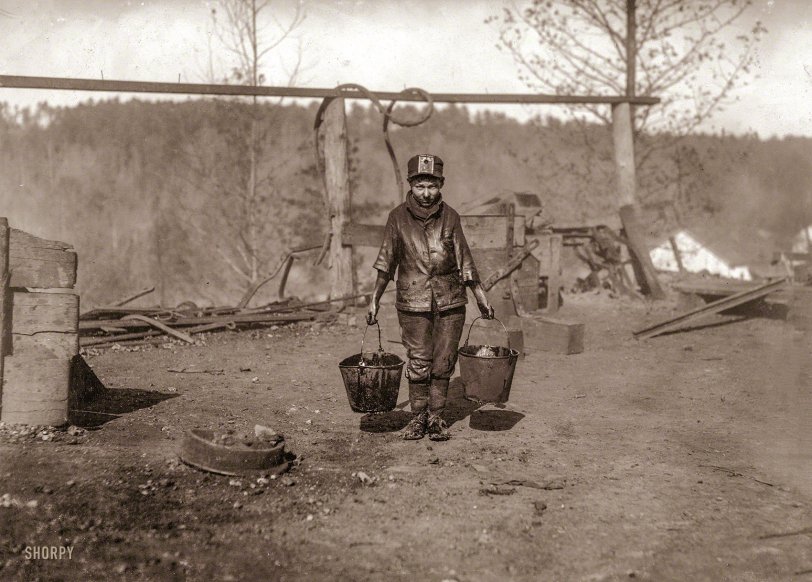
"A greaser in a Coal Mine. Location: Bessie Mine, Alabama." November 1910. View full size image or view Shorpy even bigger (cropped). This is, as far as we can tell, the first of only four photographs Lewis Wickes Hine took of Shorpy on his visit to the Bessie Mine late in 1910. (The others are here and here and here.) Almost 100 years after being taken, they retain a strange and startling immediacy even though their subject is almost certainly dead. Who were you, Shorpy Higginbotham, and whatever became of you?
- 23 comments
- 89212 reads
Ewen Breaker: 1911
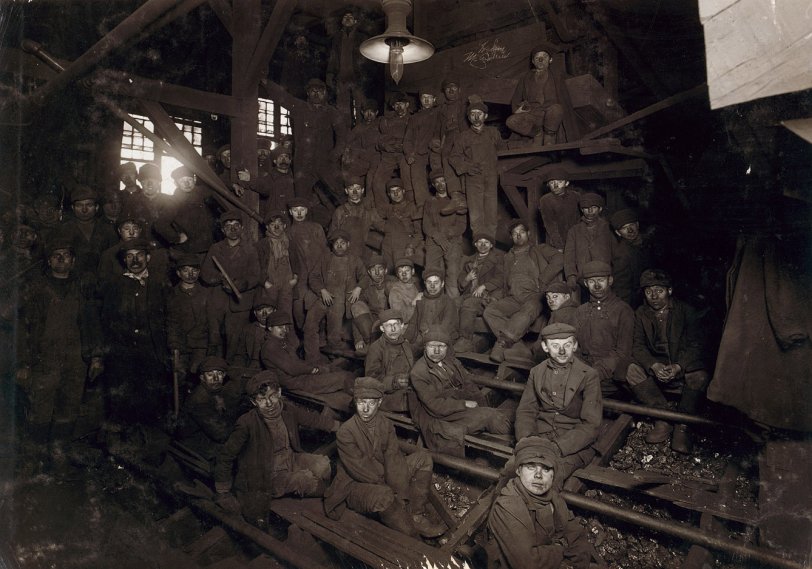
Noon hour in the Ewen Breaker, Pennsylvania Coal Co., South Pittston. January 1911. Spooky full image. Photograph by Lewis Wickes Hine.
"Breaker boys," or slate pickers, sat astride the breaker chutes, through which the coal roared, and picked out slate and other debris by hand. Boys as young as 8, working ten-hour days, began their coal careers in the breakers. They were paid less than the adults who performed the same work and faced the hazard of hand injuries or even falling into the chutes. Some breaker boys were the sons of miners who had been killed or disabled, often the only remaining source of income for their families. In 1900, boys accounted for one-sixth of the anthracite coal work force. Read a firsthand account of the breaker boys' work.
- 1 comment
- 40985 reads
Barnesville Mine: 1908
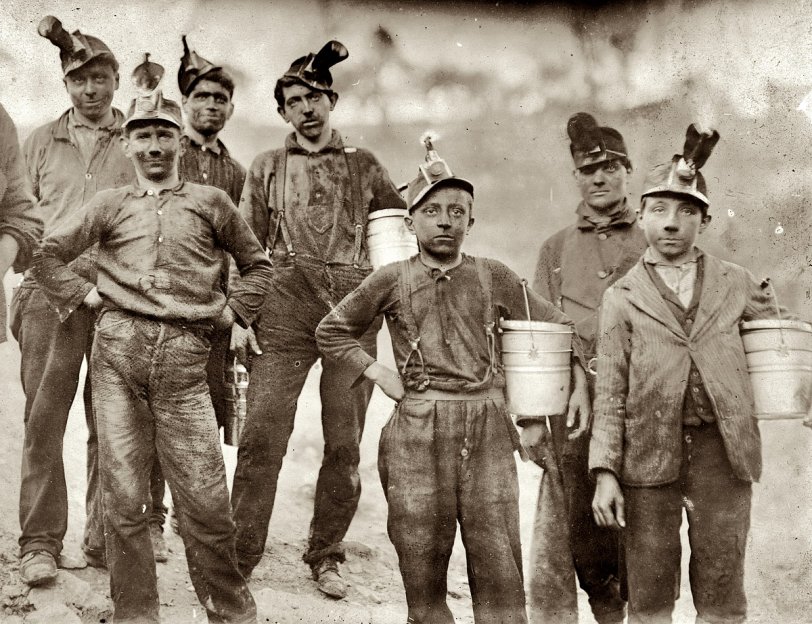
"Drivers and Trappers Going Home." Barnesville Mine, Fairmont, West Virginia. October 1908. View full size. Photograph by Lewis Wickes Hine. Note oil-wick lamps on the hats, and lunch pails. Trappers were boys who opened trapdoors to let coal cars pass and then closed them again to maintain proper airflow in the tunnel ventilation system.
One trapper's description of the job, which paid about $1.60 a day:
Trappers were responsible for opening and closing the underground ventilation doors. In those old mines, they had a system of doors between sections to direct the flow of air. Air was supposed to go up the main haulage and back to the fan. So a trapper sat all day by his door with an oil lamp on his cap. There was a "manhole" - a shelter hole in the wall by the track. The motorman would blink his light at me, and I'd throw the switch and open the door for him. Then, I'd jump into the manway until he was past, and run out and close the door. A trip would come along about every hour. Was I bored or lonely? Well, it was my job.
Shortchanger: 1915
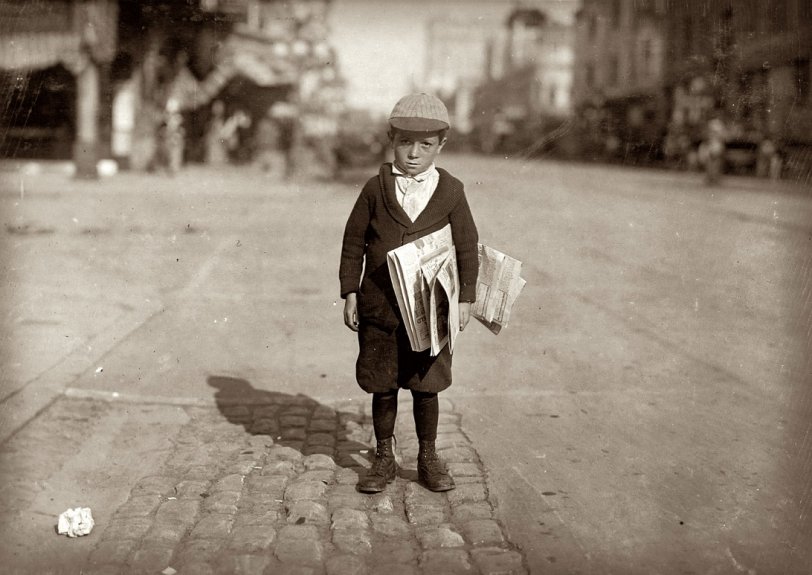
A 6-year-old newsie who tried to "short change" me. Los Angeles, California. May 1915. View full size. Photograph by Lewis Wickes Hine.
- 2 comments
- 33552 reads
Knoxville Messengers: 1910
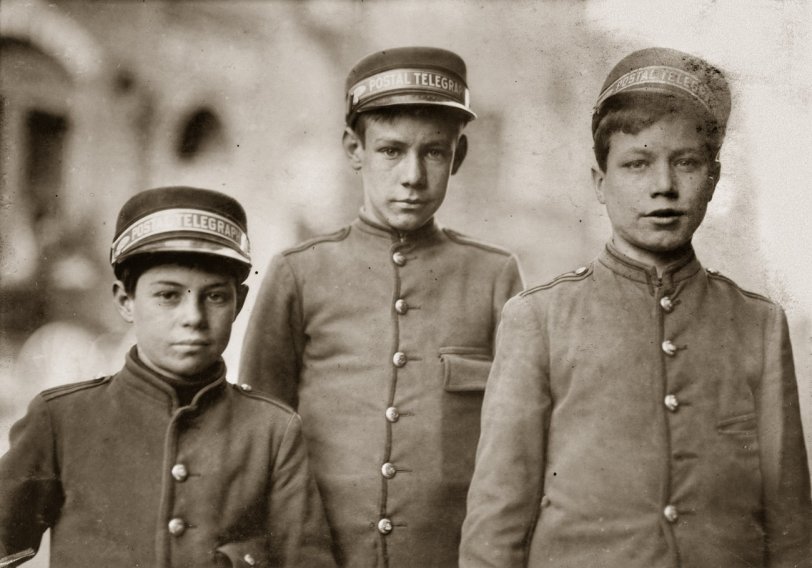
December 1910. "Postal Telegraph Messengers, Knoxville, Tennessee." Photograph by Lewis Wickes Hine. View full size.
Livers the Newsie: 1910
- 7 comments
- 32860 reads
Fruit Market: 1908
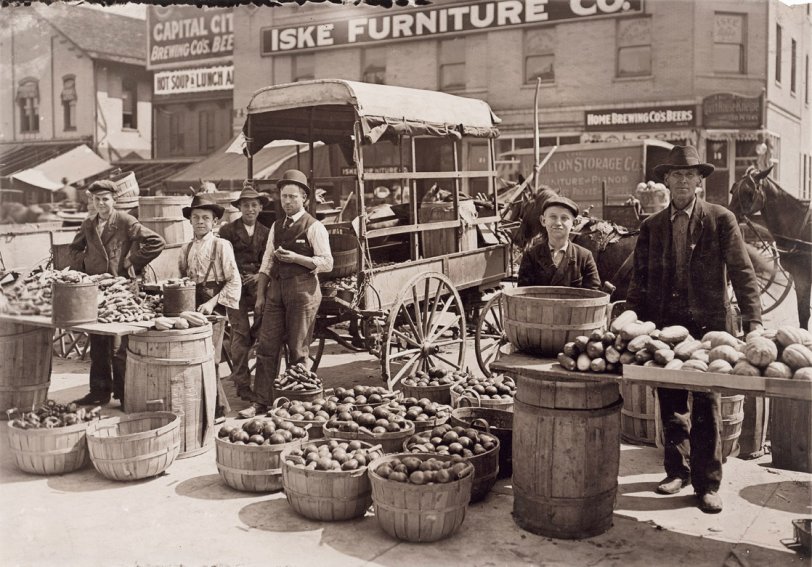
Indianapolis Market. August 1908. Wit., E. N. Clopper. People shopped at open-air markets like this for fresh produce before the advent of the supermarket, which was basically a self-service farmers market, butcher shop and dry goods store all under one roof. View full size.
- 9 comments
- 43768 reads
Not Pictured: Hector DuBois
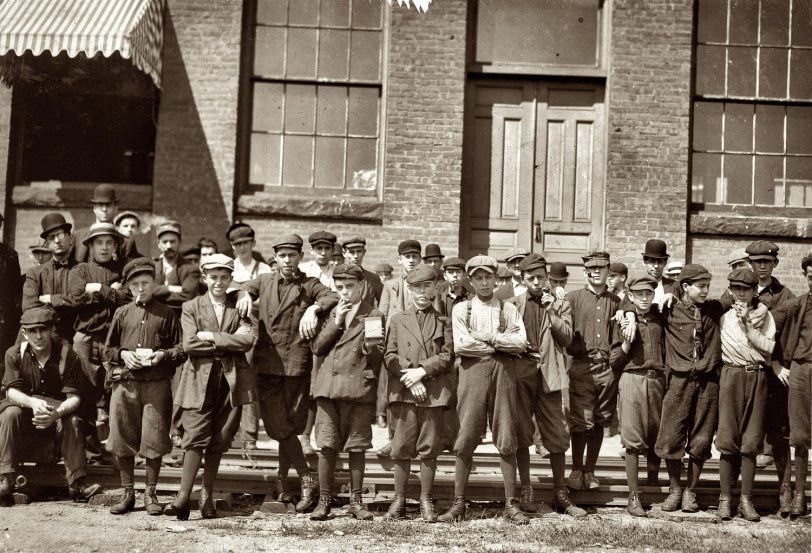
Group in front of Indian Orchard Mfg. Co. Everyone in photo was working there. Boy not photographed: Hector Dubois, 24 Water St., doffer who crushed finger in pump. Indian Orchard, Massachusetts. September 1911. View full size.
- 4 comments
- 22429 reads
ADT Messengers: 1908
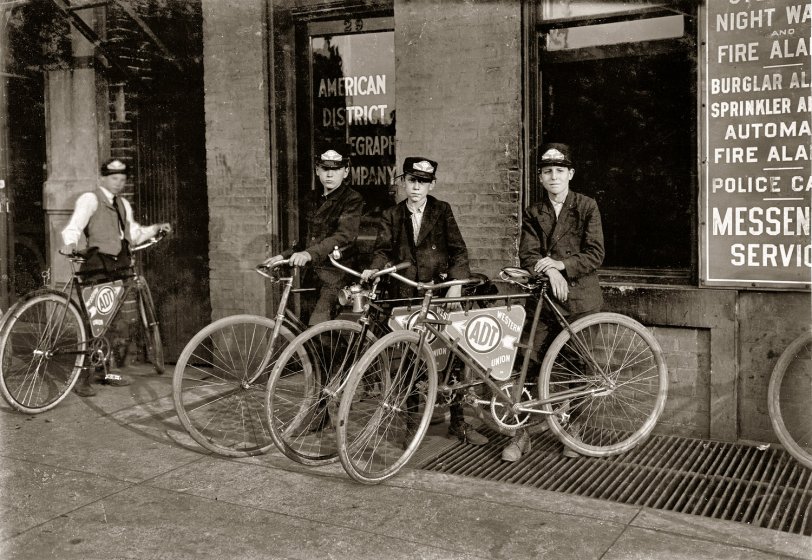
A. D. T. Messengers, August 1908. Location: Indianapolis, Indiana. (ADT, or American District Telegraph, was the forerunner of today's home security company.) Photo by Lewis Wickes Hine. View full size.
- 4 comments
- 29420 reads
Newsies and Dog: 1909
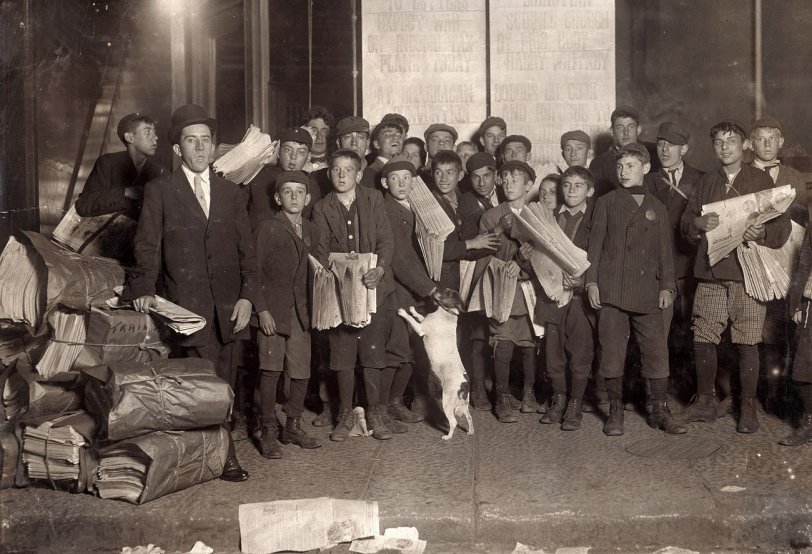
Sunday 5 a.m. Newsies starting out. Boston, Massachusetts. October 1909. View full size. Photograph by Lewis Wickes Hine.
- 4 comments
- 39215 reads
Birmingham Messenger: 1914
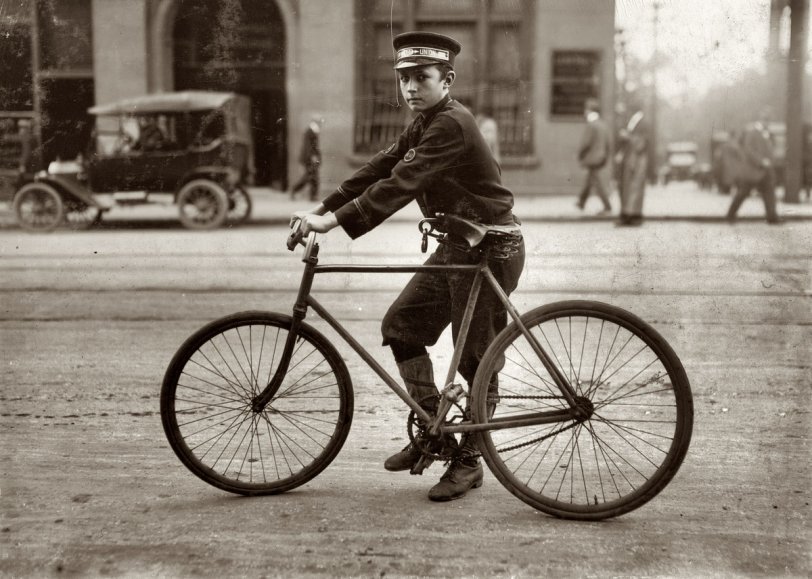
October 1914. Birmingham, Alabama. "A typical Birmingham messenger." Photo by Lewis Wickes Hine. View full size.
- 5 comments
- 36518 reads
Doffed All Summer: 1911
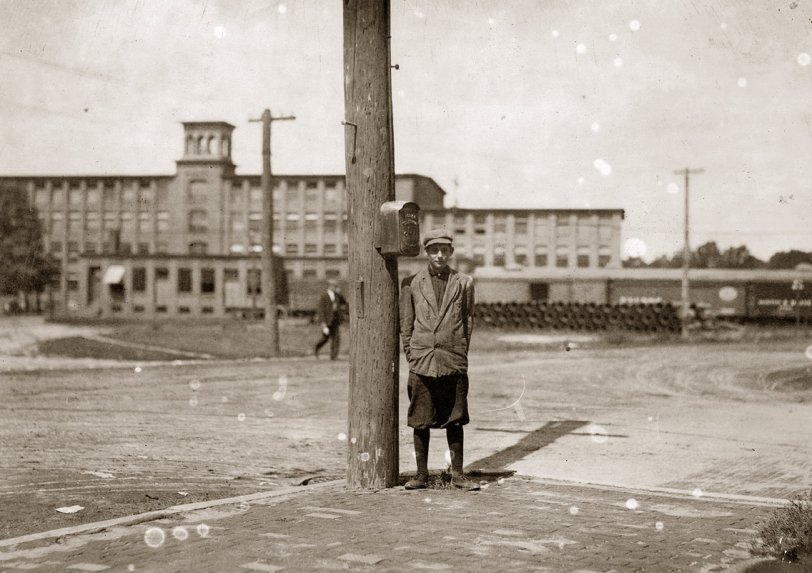
Stephen Warren, 284 Main St., Indian Orchard. Has doffed all summer in Indian Orchard Mfg. Co. Quit a few days ago but expects to get another job soon. Says he will not go to school. Location: Indian Orchard, Massachusetts. September 1911. Photo by Lewis Wickes Hine. In a textile mill, the doffer removes the bobbins from a carding machine once they are full, having been wound with wool yarn or cotton thread. View full size.
- 3 comments
- 23428 reads
Clarence Noel: 1911
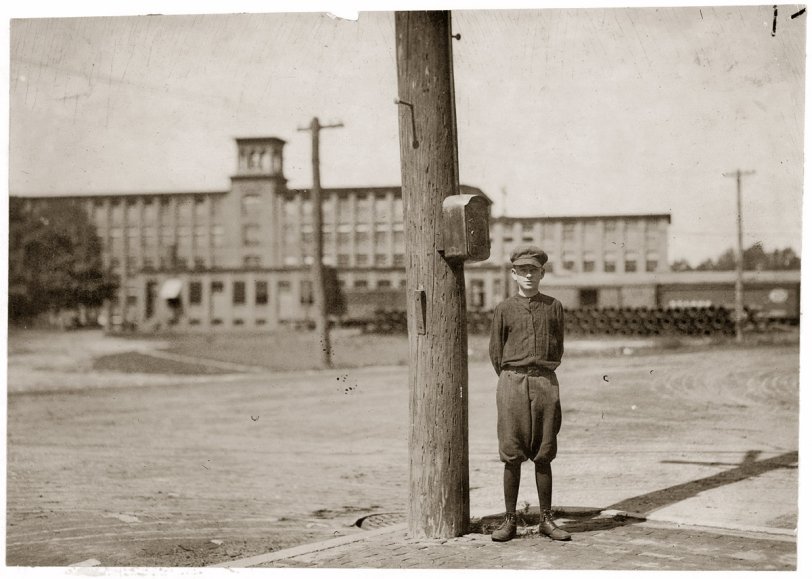
September 1911. Indian Orchard, Massachusetts. "Clarence Noel, 138 Main Street, Indian Orchard. Doffer in Hodges Fibre Carpet Co. of Indian Orchard Mfg. Co. Said 'made seven dollars last week'." Clarence is in a number of other Indian Orchard photos here. View full size.





